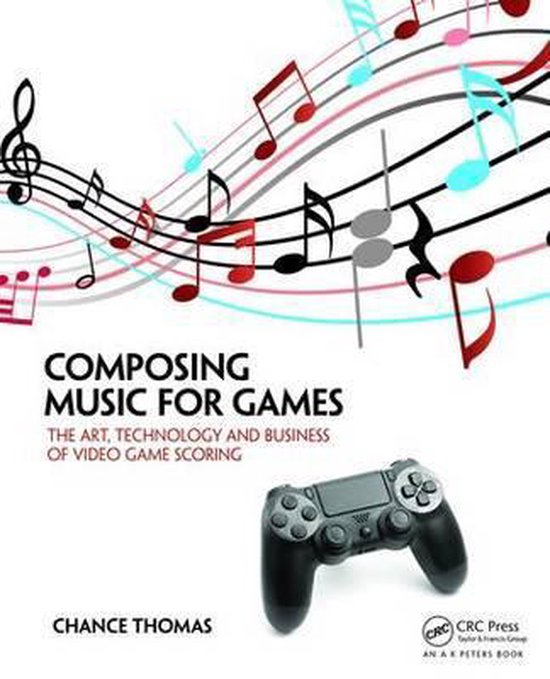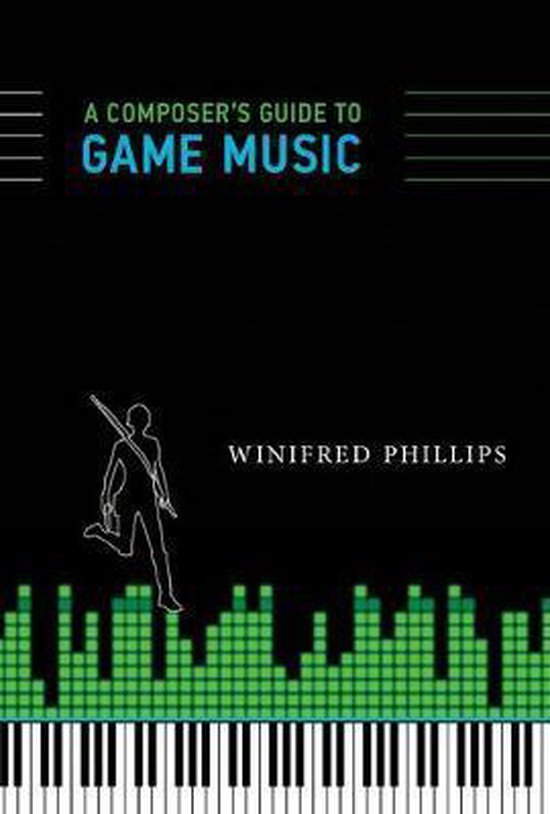
Musical Composition
This book, for students of all levels of ability, first takes the student through the basic elements, before covering a variety of special subjects such as writing vocal and choral music, accompaniments, and film and TV music.
An instructive book for students at all levels and abilities Musical composition is becoming a key discipline in music courses in both schools and universities, and many teachers consider it as important in the development of young musicians as playing and listening to music. Indeed, it can be argued that the study of composition is essential to all musicians, be they performers, musicologists, teachers, or critics, because through composition musicians achieve the deepest insight into the elements of music and the imagination of a composer. Musical Composition: * First takes the student through the basic elements - melody, harmony, counterpoint, and rhythm - before covering a variety of special subjects such as writing vocal and choral music, accompaniments, and film and TV music. * Devotes many chapters to composing with advanced and recent techniques including free diatonicism, bitonality and polytonality, atonality and twelve-note mic, and serialism and indeterminancy. * Uses over 200 music examples to illustrate points in the text, and includes exercises for each chapter.
An instructive book for students at all levels and abilities Musical composition is becoming a key discipline in music courses in both schools and universities, and many teachers consider it as important in the development of young musicians as playing and listening to music. Indeed, it can be argued that the study of composition is essential to all musicians, be they performers, musicologists, teachers, or critics, because through composition musicians achieve the deepest insight into the elements of music and the imagination of a composer. Musical Composition: * First takes the student through the basic elements - melody, harmony, counterpoint, and rhythm - before covering a variety of special subjects such as writing vocal and choral music, accompaniments, and film and TV music. * Devotes many chapters to composing with advanced and recent techniques including free diatonicism, bitonality and polytonality, atonality and twelve-note mic, and serialism and indeterminancy. * Uses over 200 music examples to illustrate points in the text, and includes exercises for each chapter.
| Auteur | | Reginald Smith Brindle |
| Taal | | Engels |
| Type | | Paperback |
| Categorie | | Kunst & Fotografie |





